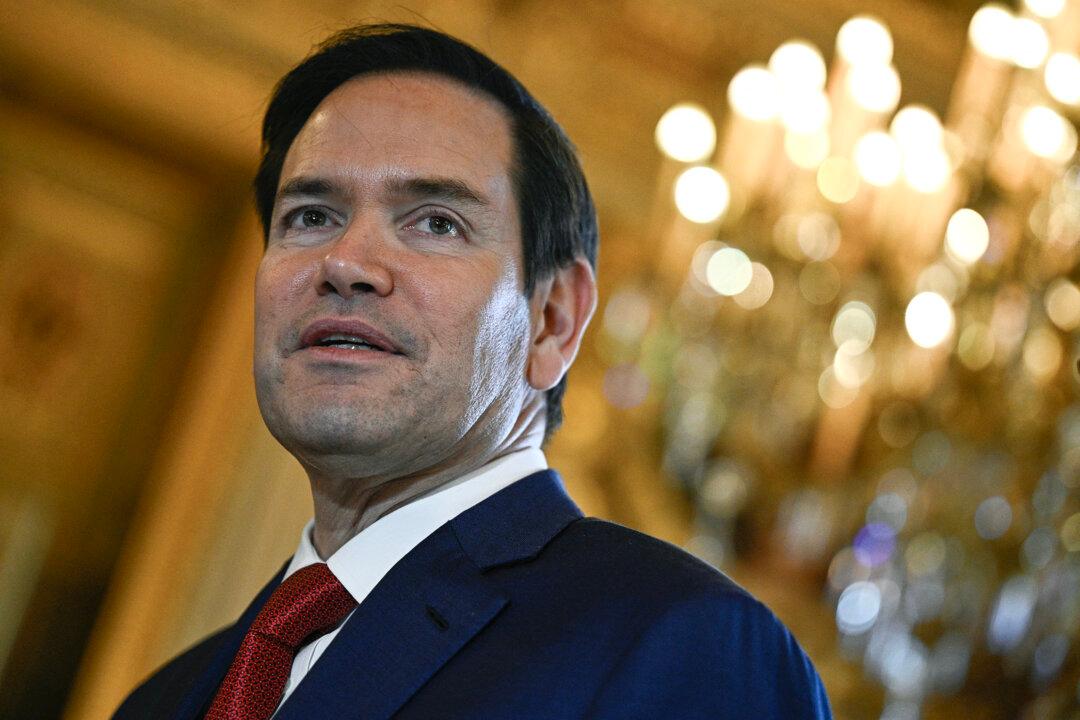Economic stresses have increased over the past several weeks, according to a new report from the Federal Reserve, which noted softening in consumer spending, continued inflation pressure, and more evidence of a pullback in bank lending.
The Fed’s latest “Beige Book,” a compendium of surveys and interviews carried out across its 12 districts, showed that overall economic activity in the United States remained little changed in recent weeks, with patches of weakness.
Overall, the report is more pessimistic in tone compared to the prior one, which was released in early March, before the collapse of Silicon Valley Bank (SVB) and the ensuing banking sector turmoil.
The tone of the report may be seen as adding to fears of an imminent recession and as providing fresh evidence for what a number of economists have been warning about since the SVB crisis hit, namely that of a looming lending crunch that could starve the economy of credit and be a headwind for the economy.
Morgan Stanley chief investment officer Mike Wilson said in a note earlier this week that the past two weeks have seen the steepest decline in lending on record as banks try to offset deposit outflows, which accelerated sharply after the collapse of SVB.
Credit Crunch
One of the biggest changes in the latest Beige Book compared to the prior edition is a tightening in credit conditions.“Lending volumes and loan demand generally declined across consumer and business loan types,” the Beige Book authors wrote. “Several districts noted that banks tightened lending standards amid increased uncertainty and concerns about liquidity.”
When bank lending dries up, it dampens economic activity.
Regional lenders appear to be bearing the brunt of the banking sector turmoil, according to economist Nouriel Roubini, dubbed “Dr. Doom” for accurately predicting the financial meltdown of 2008–09.
“That credit crunch is going to make the likelihood of a recession—a hard landing—much greater than before. So we’re facing a serious credit crunch for a good chunk of the U.S. banking system,” he added.
“The U.S. LEI fell to its lowest level since November of 2020, consistent with worsening economic conditions ahead,” said Justyna Zabinska-La Monica, senior manager, Business Cycle Indicators, at The Conference Board.
Inflation
Price levels rose moderately during the reporting period, according to the Beige Book, although the pace of price increases seemed to be slowing.Consumer prices generally increased due to still-elevated demand and higher inventory and labor costs. Prices for homes and rents leveled out, but remained near record highs.
Producer prices for finished goods rose modestly, but selling price pressures eased broadly in manufacturing and services sectors. Contacts reported expecting some relief from input cost pressures.
Prices of nonlabor inputs declined modestly to sharply, the report showed, while freight costs decreased significantly.
Labor Market
Employment growth slowed down in some districts, with some firms opting for natural attrition and hiring only for critical roles, according to the Beige Book.Mass layoffs were reported at some large companies, while in some areas the labor market became less tight due to increased labor supply.
Wage pressures remained elevated but showed some moderation, with some districts reporting declining needs for off-cycle wage increases.
On Thursday, a separate Labor Department report on weekly jobless filings, which serve as a proxy for layoffs, showed that the number of people applying for unemployment benefits last week rose by 5,000, to 245,000.
At the beginning of the year, weekly filings were running at around 200,000, and they’ve been steadily moving higher, suggesting some loosening in what many analysts have described as a tight labor market.
“The number of people collecting unemployment benefits has definitely been on the rise this year, another signal that the labor market, though still hot, is coming back toward a more balanced/normal state,'' Stephen Stanley, chief U.S. economist at Santander, said in a research note.
At 3.5 percent, the unemployment rate in March was only slightly above January’s 3.4 percent, which was a half-century low.
The Federal Reserve embarked on an aggressive pace of interest-rate hikes about a year ago in a bid to cool the economy and quash soaring inflation. The Fed has been hoping to achieve a so-called soft landing for the economy, getting inflation under control while avoiding a recession.
“Even though the economy is not currently displaying broad-based economic imbalances, recessions are often nonlinear psychological events that unfold rapidly,” he added.
Consumer Spending
Consumer spending, which is a key driver of the U.S. economy and accounts for around two-thirds of gross domestic product, was generally “flat to down slightly,” according to the Beige Book.Patches of weakness in consumer spending in some districts, like the Federal Reserve Bank of Boston, made firms become more cautious with capital spending.
Some districts, like the Federal Reserve Bank of Cleveland, reported some firming in consumer spending.
“While consumer spending appeared to firm somewhat from that of the prior period, it remained soft, and business spending was mostly flat,” the Cleveland Fed portion of the Beige Book stated.
Other details of the Beige Book include auto sales and manufacturing activity remaining unchanged or showing some pullback.
Residential real estate sales and new construction softened slightly, while agriculture conditions remained mostly unchanged. Some softening was reported in energy markets, according to the report.
Musk recently predicted that the U.S. economy will be in for a hard slog until at least spring of 2024.





